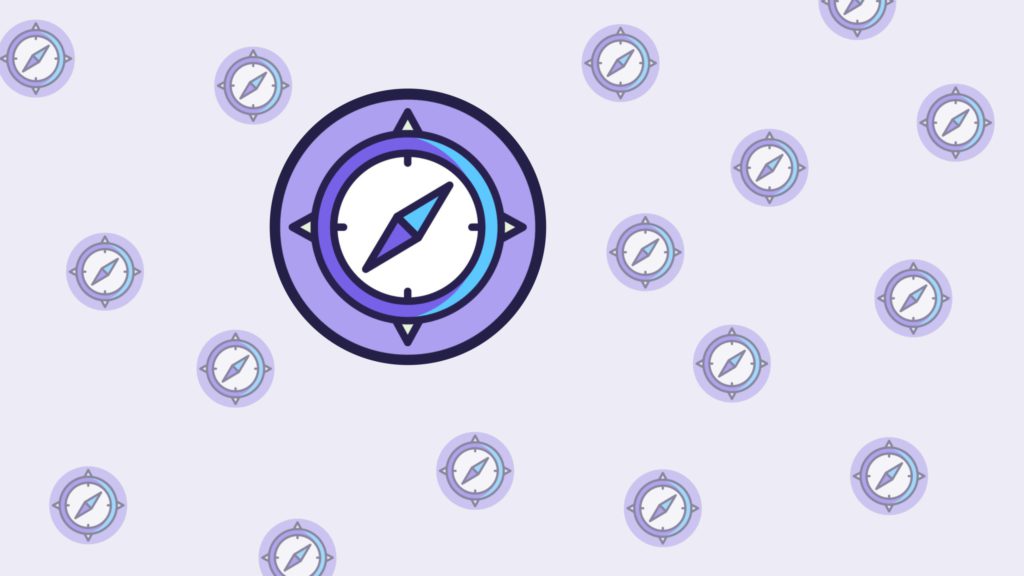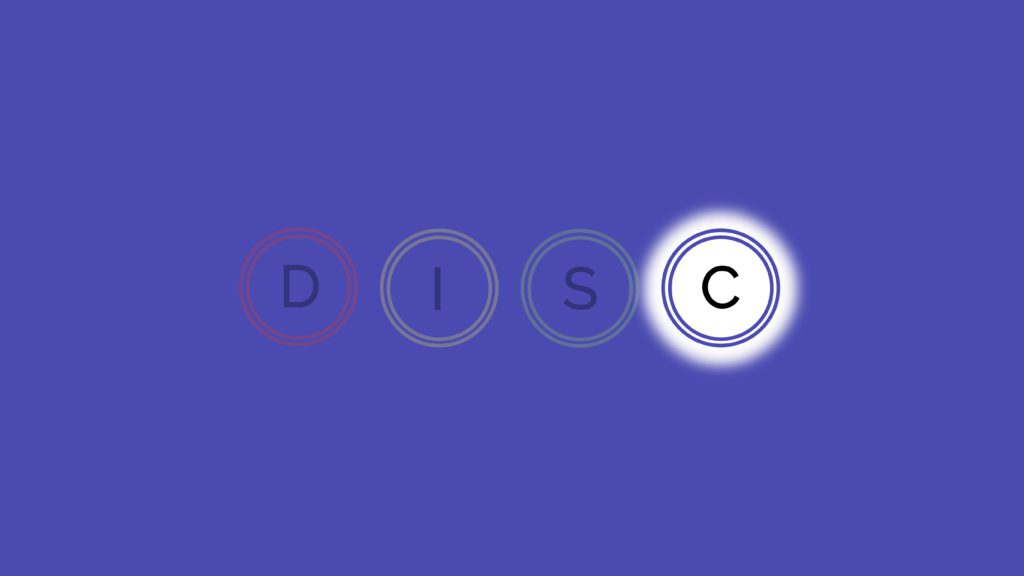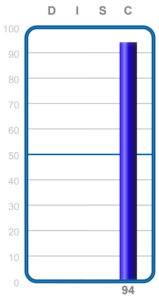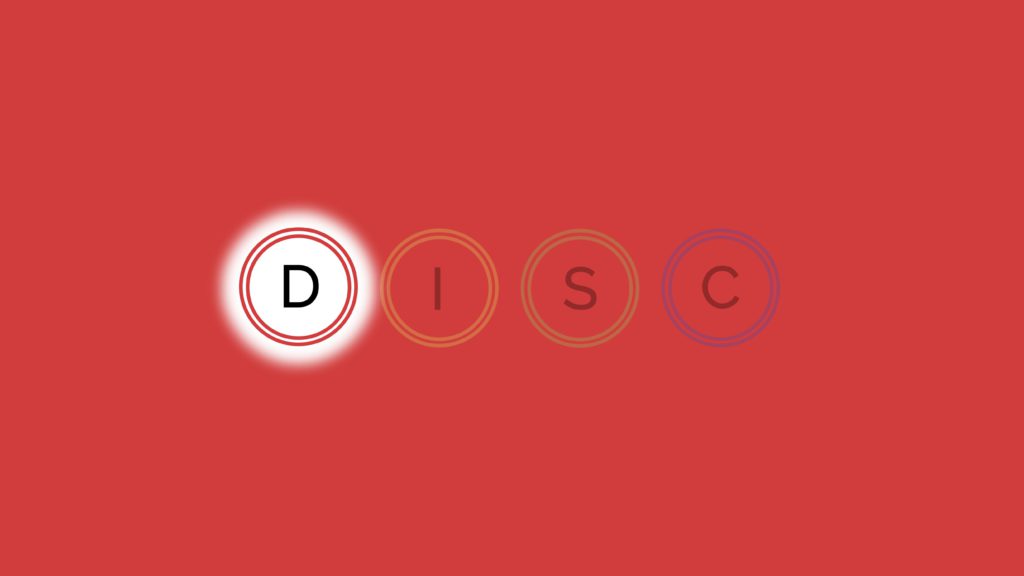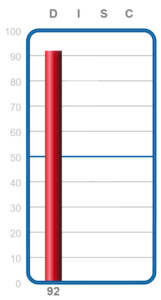Understanding Motivators: Traditional
Desire to live by a personal set of principles, standards, or beliefs.

People who have a High Traditional motivator need an environment where their beliefs are acknowledged and respected. They do not necessarily need everyone to share their beliefs — but acknowledgement and respect are crucial for building a healthy relationship. If you are a High Traditional, look for opportunities that validate and/or allow you to share your beliefs.
You will enjoy having a group of likeminded people who share your particular belief system. Whether it is a culture, religion, or way of thinking, look for organizations where you can meet these people. Keep in mind that Low Traditionals might not understand why you feel so strongly in certain areas. Look for employers that align with or value your way of living.
Reflection Questions: High Traditional
If Traditional is one of your top two motivators, consider the questions below. Remember, the higher your score is, the more you may feel passionate about that motivator. If you have a very high score, think about how it might stand out in your life and how you can use your passion in practical ways. The lower your score is, the more negative you probably feel about that motivator.
- What are your guiding principles?
- Where do your traditional values come from? Family? Faith? Culture? Something else?
- What are your personal rules for living? This might be a list of “shoulds” or things you believe and hold yourself accountable to.
- Have you looked into cultural or religious offerings that will meet your needs?
- Does your work/school reflect and honor your values?
- Are you comfortable expressing your principles or values at work?
- Motivators can help you know what you want most out of your career and future plans. Do your future plans align with your top motivators?
For more information about the Indigo Assessment, visit https://indigoeducationcompany.com/indigo-assessment/
Understanding Motivators: Traditional Read More »

